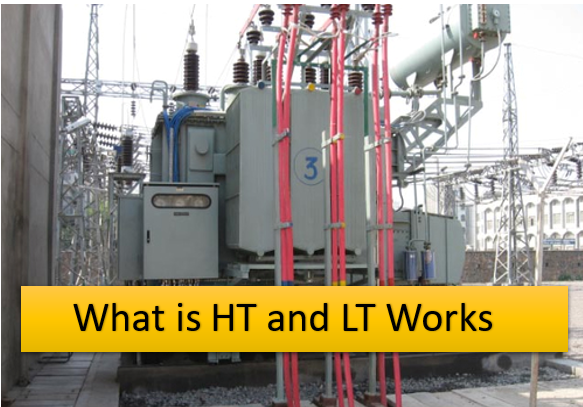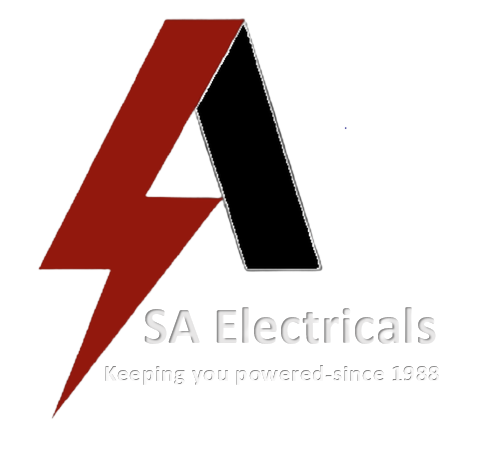
"High-tension works"
typically refer to projects or activities related to high-voltage electrical systems and power distribution. These are electrical systems that carry electricity at a significantly higher voltage level than standard residential or low-voltage commercial systems. High-tension lines are used to transmit electricity over long distances with minimal energy loss.
Some key points about high-tension works:
- High Voltage: Above the standard residential voltage of 120 or 240 volts. These systems can operate at tens of thousands of volts or even hundreds of thousands of volts, depending on the application and the electrical grid's design.
- Power Transmission:High-tension lines are primarily used for the transmission of electrical power from power plants (such as hydroelectric, nuclear, or coal-fired) to substations and then to lower-voltage distribution networks. They are essential for efficiently transmitting electricity over long distances.
- Safety: Dealing with high-tension electrical systems requires specialized knowledge and safety precautions. Workers involved in high-tension works need to be trained and equipped to handle the higher voltage levels safely.
- Components: High-tension systems include various components like transformers, circuit breakers, insulators, and transmission towers or poles. These components are designed to handle the high voltages and ensure safe and reliable electricity transmission.
- Maintenance and Repairs: High-tension works also involve maintenance and repair activities to ensure the continued reliability of the electrical grid. This may include inspections, testing, and occasional repairs or replacements of components.
- Regulations: High-tension electrical systems are subject to strict regulations and standards to ensure safety and reliability. Compliance with these regulations is crucial for the proper operation of such systems.
